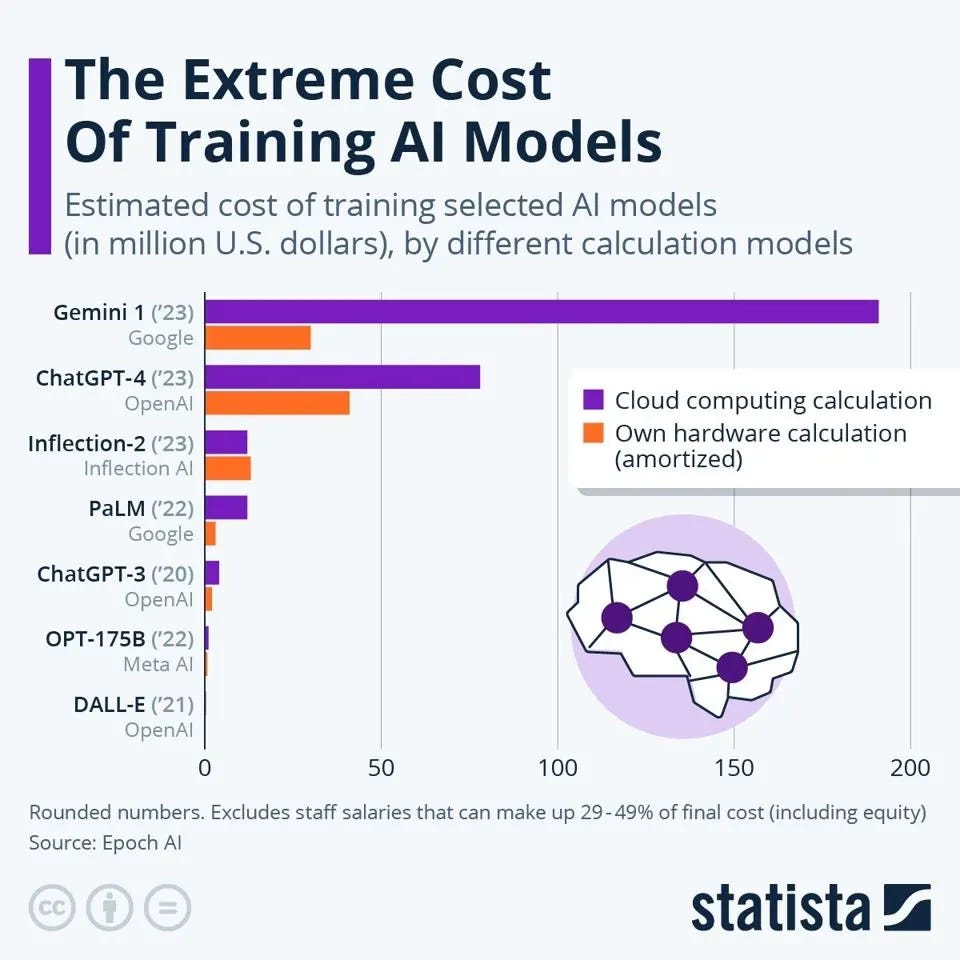The emergence of DeepSeek may strengthen AI cooperation among BRICS countries
DeepSeek disrupts AI monopoly, slashes costs, and sparks global AI collaboration, empowering BRICS nations to innovate and compete in the AI revolution.
The birth of DeepSeek can be said to have dropped a bombshell on the global AI community.
For a long time, American technology giants have monopolized the development of AI, and the main means of doing so is stacking computing power. The birth of DeepSeek has broken the monopoly of the American technology community on AI.
The low training cost of DeepSeek and its excellent performance that is comparable to ChatGPT have shocked the world.
In particular, technology stocks in Silicon Valley in the United States are in a state of mourning. Nvidia's market value has fallen by about 16%, and more than one trillion US dollars have evaporated. Other companies, such as OpenAI, have all fallen to varying degrees.
Why? Because the value of these technology stocks has long been seriously overvalued. The emergence of DeepSeek has exposed the overvaluation of these technology stocks and aroused investors' suspicion of these technology companies.
The secret to DeepSeek's success lies in two core aspects: one is algorithm optimization, and the other is the convenience of open source.
In terms of algorithm optimization, DeepSeek adopts a unique algorithm design model, which is very important for a country like China that lacks sufficient artificial intelligence chips.
We all know that to restrict China's technological development, the United States has imposed strict restrictions on many high-end GPUs. Therefore, Chinese developers have to use algorithm optimization to achieve equivalent performance.
This helpless move of finding a different approach has inadvertently opened up a new path in the AI competition, which is to reduce the training cost of large models through algorithm optimization rather than simply stacking chips.
The traditional way to train large models is to stack high-performance GPU chips to achieve the purpose of training. This method is time-consuming and the key problem is that the cost is too high, especially the GPU chips, which are so expensive that people cannot afford them. In addition, a lot of energy is consumed.
It is reported that the training cost of ChatGPT is as high as 100 million US dollars. Such high training costs make many small and medium-sized companies stay away from it.
But DeepSeek broke this pattern. Through algorithm optimization, DeepSeek greatly reduced the training cost, reducing the training cost of large models from US$100 million to US$5.5 million, a 20-fold reduction.
Such low training costs allow many small and medium-sized companies to train their own low-cost large models based on DeepSeek and complete the development of AI.
More importantly, the emergence of DeepSeek has triggered a race to reduce costs. Many research teams have studied ways to reduce costs and have made great progress. For example, the SK1 model of Fei-Fei Li's team at Stanford University can train a large model for only $50. Such a low cost makes it possible to train large models on home computers. This is the greatest significance of DeepSeek.
In addition, DeepSeek is open-source.
The open source of DeepSeek allows interested developers around the world to participate in the development and research of DeepSeek, and further optimize DeepSeek, which has extraordinary significance for the advancement of artificial intelligence for all mankind.
And DeepSeek's open source also gives a glimmer of hope to countries that want to develop their own AI.
For example, India announced its own ambitious AI plans, thanks to the emergence of DeepSeek.
Obviously, India's AI plan inspires us, that is, BRICS countries can establish their own AI cooperation platform.
As representatives of emerging market countries, the BRICS countries should also play a very critical role in the tide of artificial intelligence. Since DeepSeek has broken the US monopoly on AI technology, we may as well expand AI to the entire BRICS system and establish a multi-party cooperation platform for AI technology investment, communication, and R&D through open source standards.
This is very helpful for some less developed countries and regions, such as South Africa, Nigeria, Brazil, and other countries.
These countries are generally underdeveloped.
Through this AI cooperation platform, these countries can also develop their own AI plans, which is very beneficial for improving the economic development and technological level of these countries.
In general, the emergence of DeepSeek has brought about earth-shaking changes to human society. It has broken the monopoly of American Silicon Valley giants on AI and enabled AI to enter the homes of ordinary people. The future will be an era in which various AI applications will explode, and what we need to do is to welcome the arrival of this new era.








